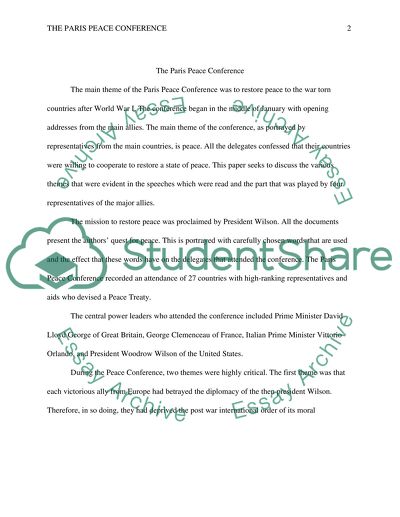Cite this document
(“Paris Peace Conference 1919 Term Paper Example | Topics and Well Written Essays - 1500 words”, n.d.)
Retrieved from https://studentshare.org/history/1595891-paris-peace-conference-1919
Retrieved from https://studentshare.org/history/1595891-paris-peace-conference-1919
(Paris Peace Conference 1919 Term Paper Example | Topics and Well Written Essays - 1500 Words)
https://studentshare.org/history/1595891-paris-peace-conference-1919.
https://studentshare.org/history/1595891-paris-peace-conference-1919.
“Paris Peace Conference 1919 Term Paper Example | Topics and Well Written Essays - 1500 Words”, n.d. https://studentshare.org/history/1595891-paris-peace-conference-1919.


